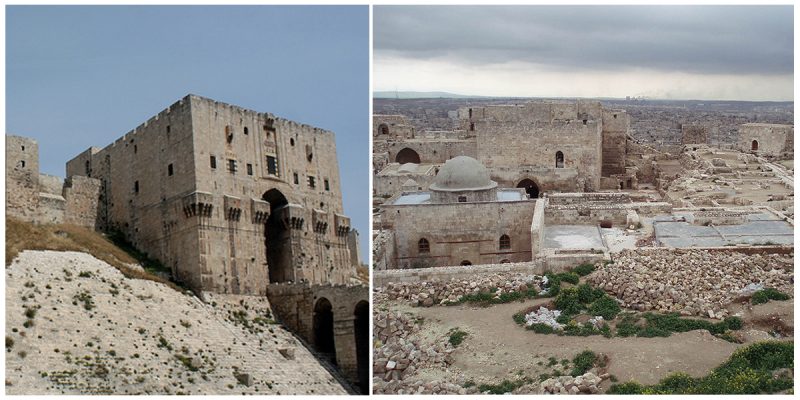The Citadel of Aleppo is a large medieval fortified palace in the center of the old city of Aleppo, northern Syria. It is the most famous historic architectural site in Syria built on top of a huge, partially artificial mound rising 50m above the city and surrounded by a trench. It is considered to be one of the oldest and largest castles in the world. It’s a densely layered microcosm of a long and complex history.
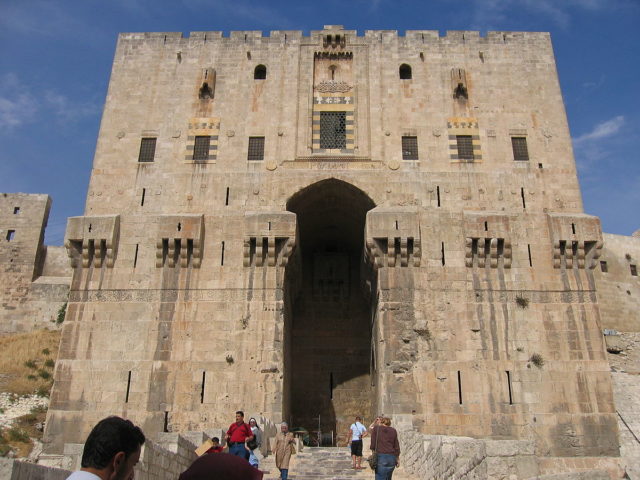
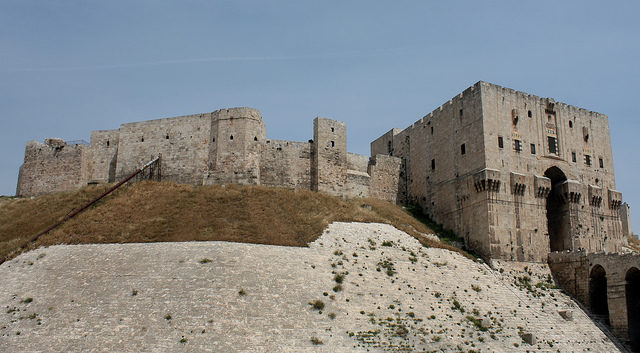
The majority of the construction, as it stands today, is thought to originate from the Ayyubids in the twelfth and thirteenth centuries, but substantial structures are also preserved from the Ottoman period beginning in the sixteenth century.
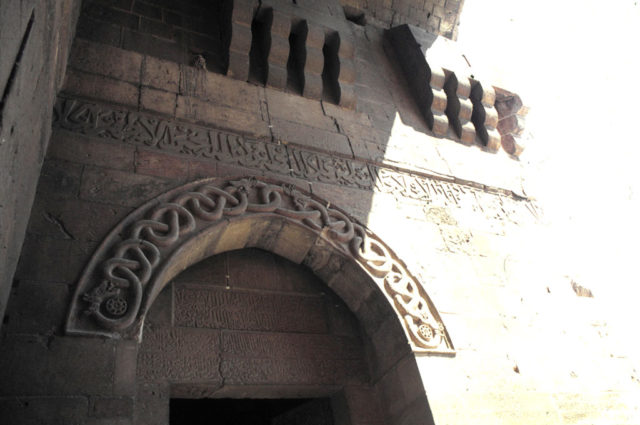
In the Ayyubid period, Zengid ruler Imad as-Din Zengi, followed by his son Nur-ad-Din, successfully unified Aleppo and Damascus and held back the Crusaders from their repeated assaults on the cities. Then, in 1260, the citadel was damaged by the Mongol invasion led by the Transoxian leader Timur which swept through Aleppo in 1400-1401.

During this period, the military role of the citadel as a defense slowly diminished as the city began to grow outside the city walls and take its form as a commercial metropolis. During this era, which lasted for more than 400 years, Aleppo was the economic capital of the Empire and the volume of Aleppo trade multiplied several times in the first 25 years of the Ottoman period.
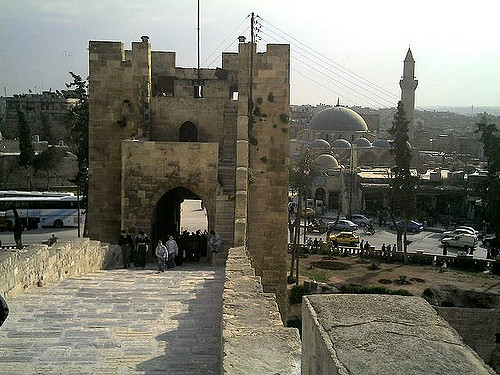
In 1535, the Ottoman sultan signed an agreement with Francois the First, King of France, which increased and invigorated the French Community in Aleppo. In 1923, after the first world war and the collapse of the Ottoman Empire, the League of Nations gave France a mandate to run Syria. The French began archaeological excavations and extensive restoration work, particularly on the perimeter wall.
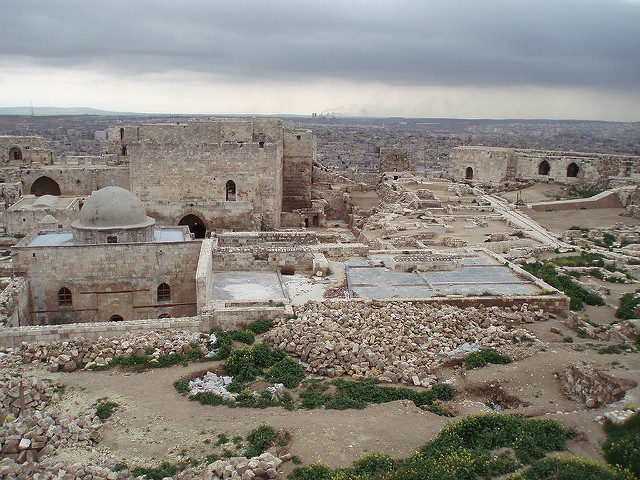
The city was a good example of tolerance, free thinking, and multiple races and they were all equal under the same law. In the 1970s and 80s, tourism was revived and the citadel became one of Aleppo’s most popular destinations.
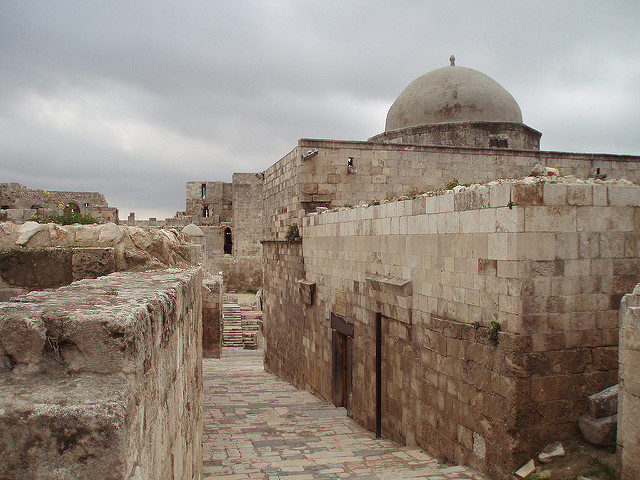
In August 2012, during the Battle of Aleppo of the Syrian civil war, the external gate of the citadel was damaged after being shelled during a clash between the Free Syrian Army and the Syrian Army to gain control over the citadel. In July 2015, a bomb was reportedly set off in a tunnel under one of the outer walls causing further damage to the citadel.
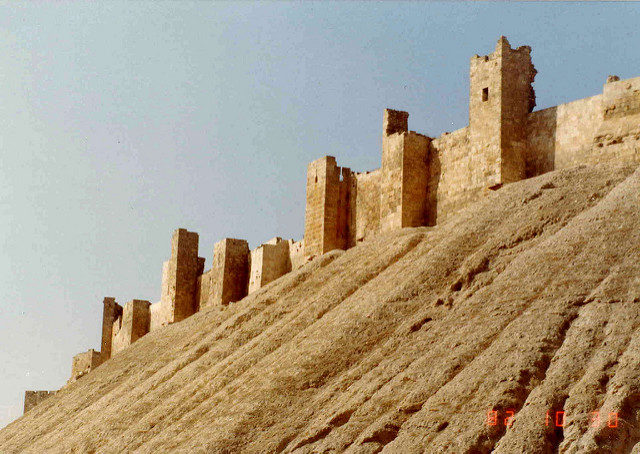
During the conflict, the Syrian Army used the Citadel as a military base, with the walls acting as cover while shelling surrounding areas and ancient arrow slits in walls being used by snipers to target rebels. As a result of this contemporary usage, the Citadel has received significant damage.
https://www.youtube.com/watch?v=qPl7xeRlwpE
